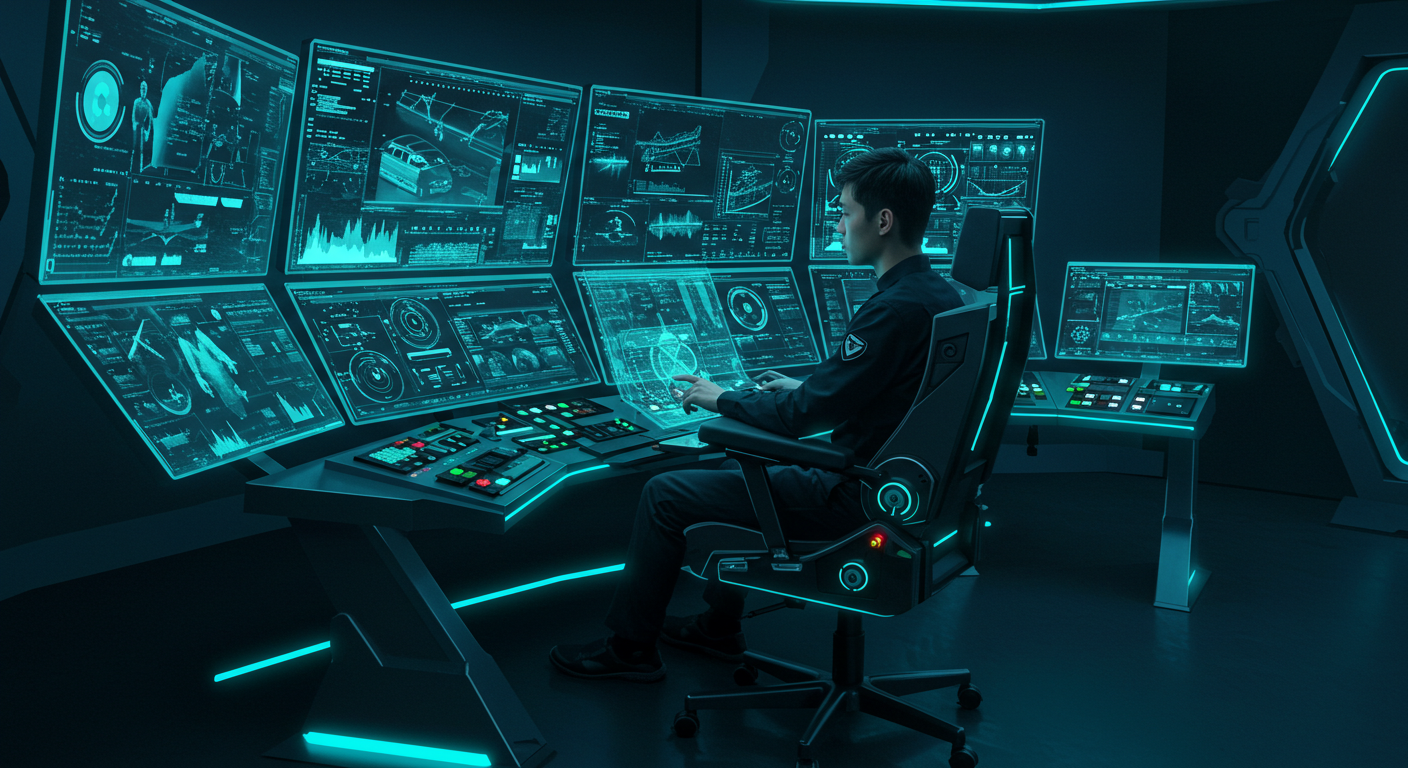No one ever asks, “Why is the operator’s chair in the control room engineered with such obsessive precision?” But if you did, you’d discover that this chair might be the most critical piece of equipment in the entire room. It’s not just a place to sit — it’s a command station. Engineered to support the spine, reduce nerve compression, allow micro-movements without fatigue, and elevate decision-making during moments of crisis.
In control rooms, human fatigue is not an inconvenience — it’s a system vulnerability. So every curve, every material, every adjustable feature of the chair is calibrated not for comfort alone, but for cognitive endurance. The wrist angle while typing, the eye level relative to the primary display, even the hue of the upholstery — all are studied, tested, and refined. This isn’t luxury. It’s human-centered engineering — or, as professionals call it, Ergonomics.
The difference between a smoothly running operation and a cascade of errors often isn’t found in the software or the servers. It’s found in the chair. Because technology doesn’t operate itself — people do. And if the person is uncomfortable, distracted, or physically strained, even the most advanced system becomes unreliable.
Here, design is not art — it’s armor. Armor against distraction. Armor against error. Armor against the slow creep of exhaustion that dulls reflexes and clouds judgment. The chair becomes an extension of the operator’s nervous system — a silent partner in maintaining alertness, precision, and calm.
Operators don’t just sit — they inhabit. They live inside these workstations for hours, sometimes through the night, sometimes through emergencies. Their chairs must sustain them — physically, mentally, emotionally. A poorly designed seat doesn’t just cause back pain — it causes missed signals, delayed responses, overlooked anomalies.
This is why control room ergonomics borrows principles from aviation, from surgery, from spaceflight — fields where human performance under pressure is non-negotiable. The chair is not furniture. It’s a life-support system for decision-making.
And in that quiet truth lies a deeper revelation: the most advanced control rooms in the world are not defined by their screens or their software — but by how well they serve the humans who use them. Because in the end, machines monitor. Humans understand. And to understand — you must be at your best. Which begins… with where you sit.

